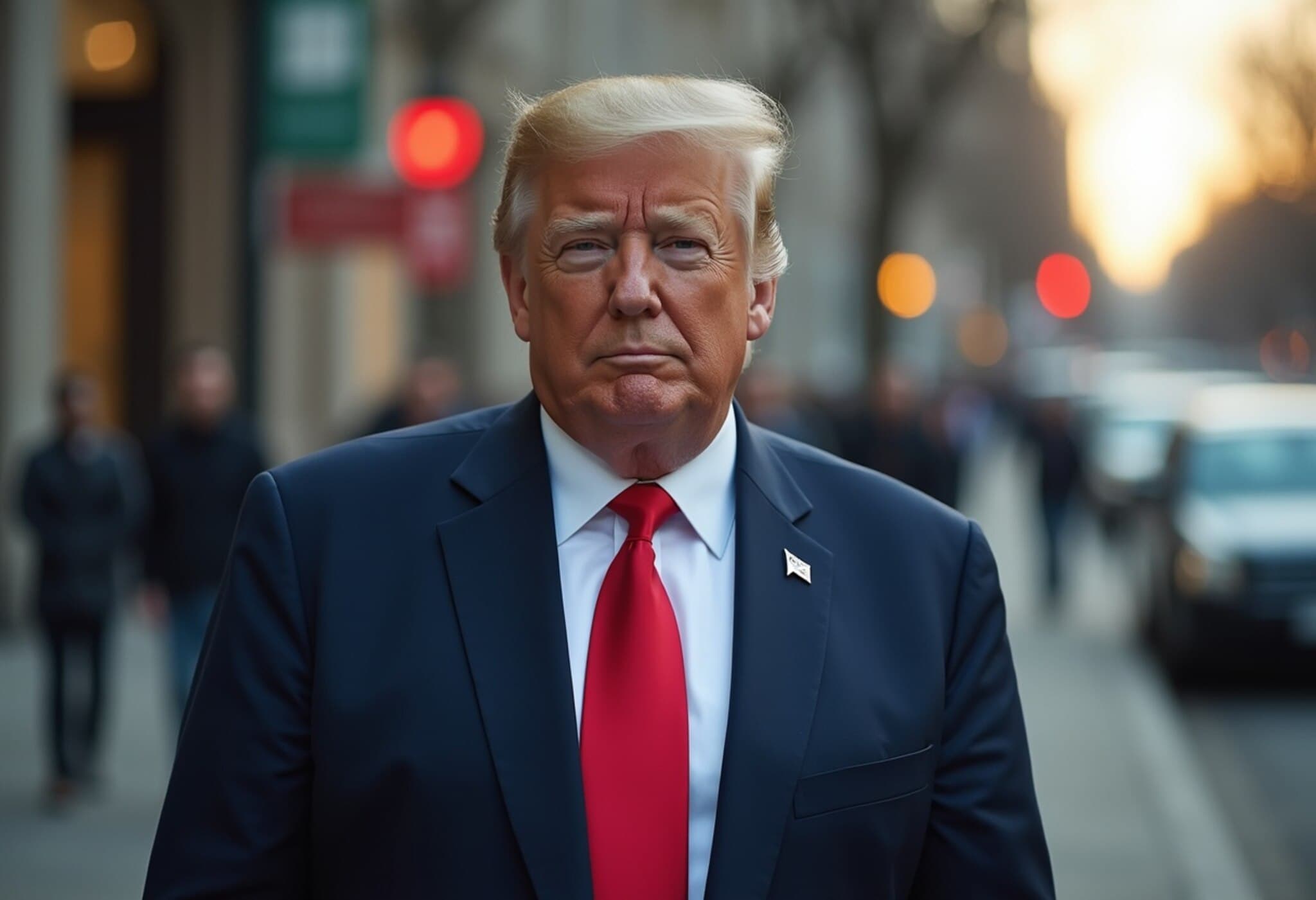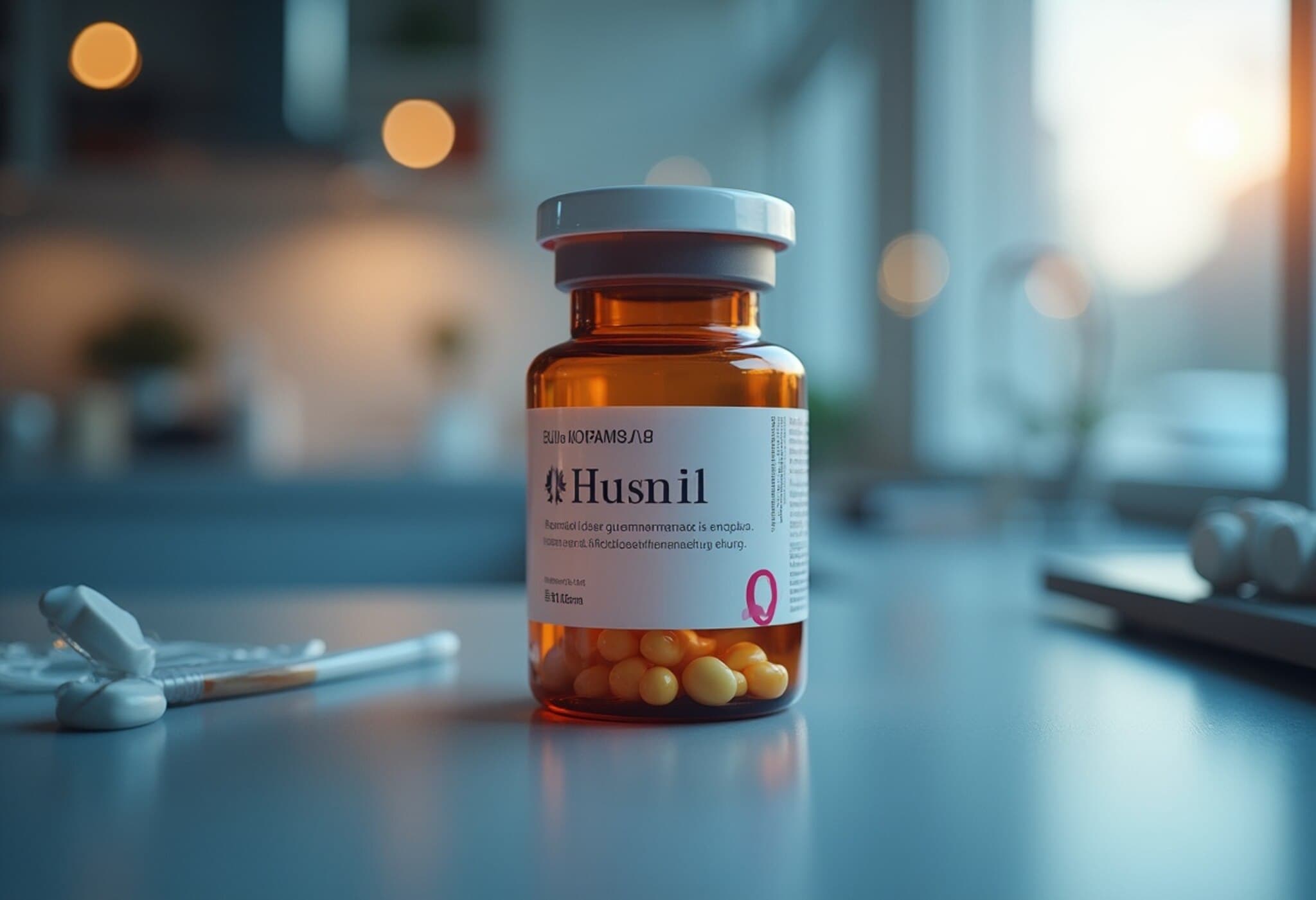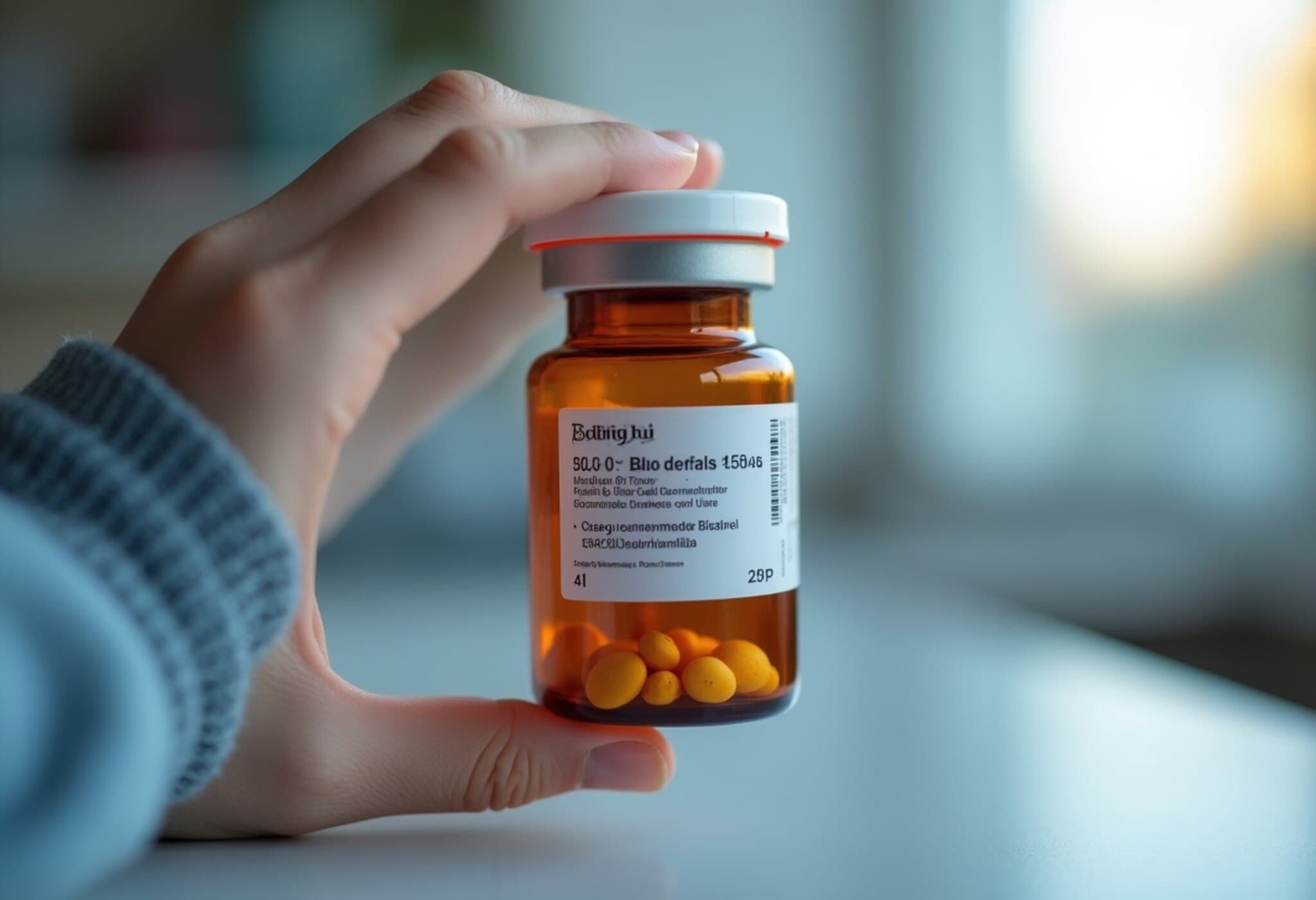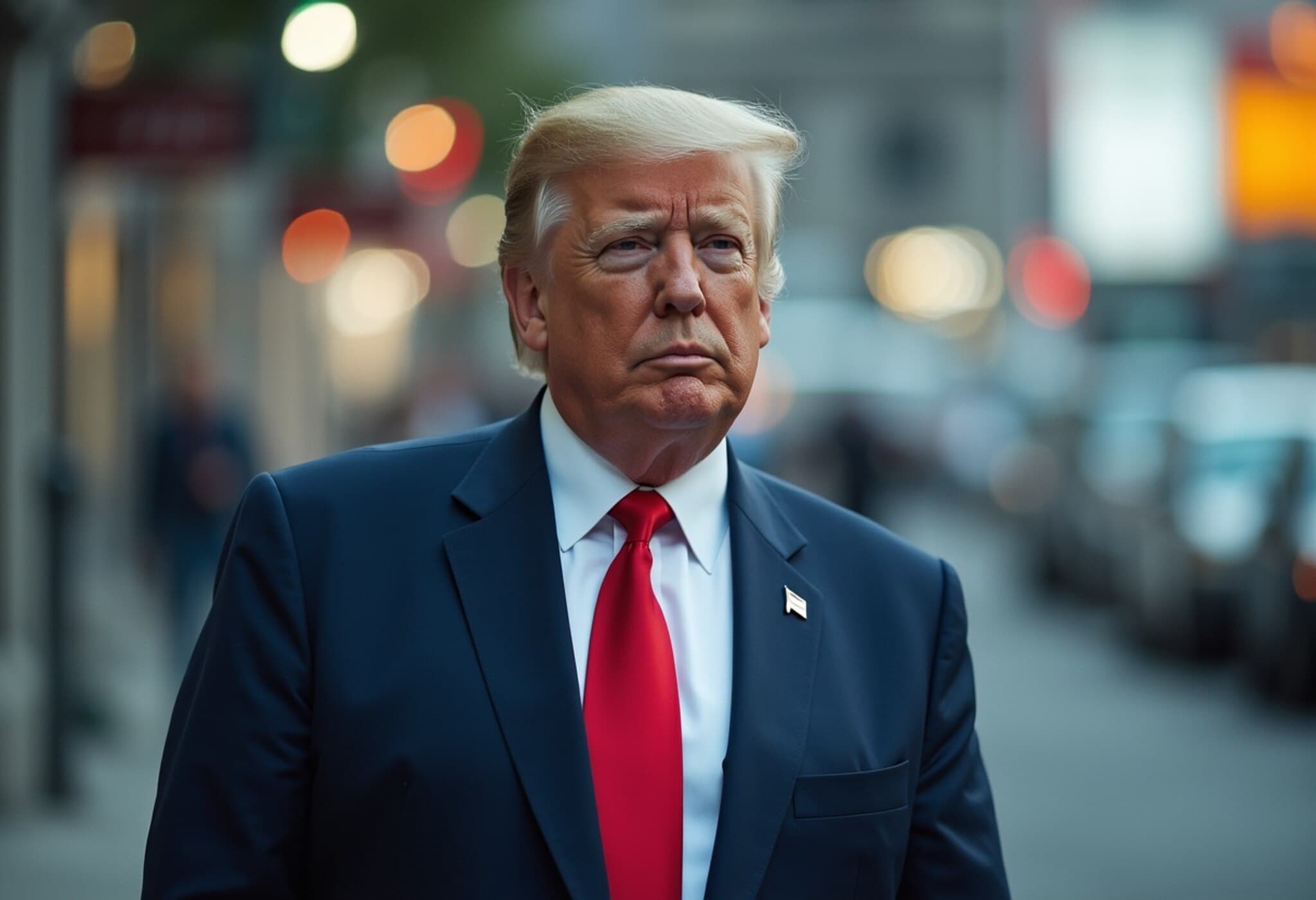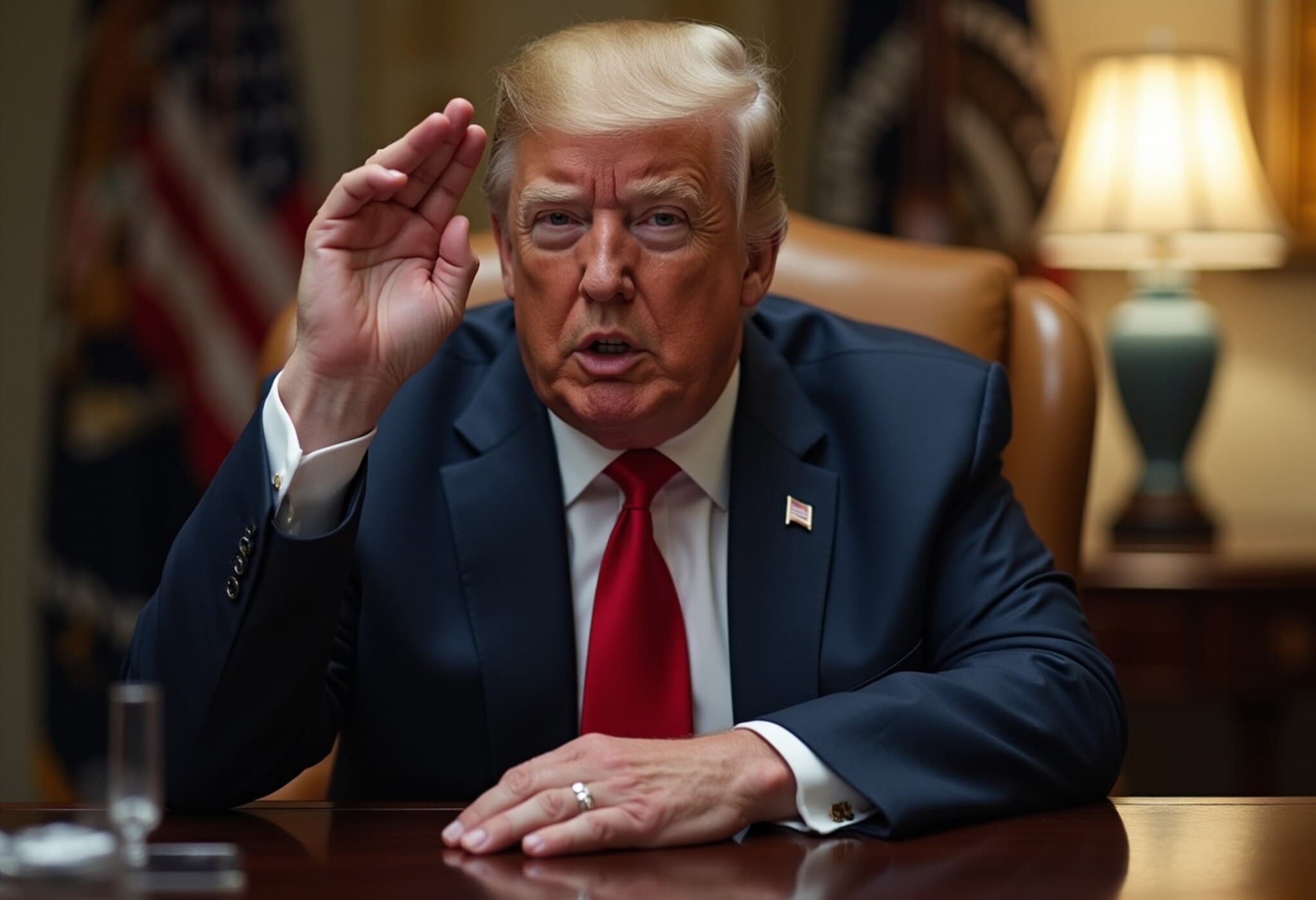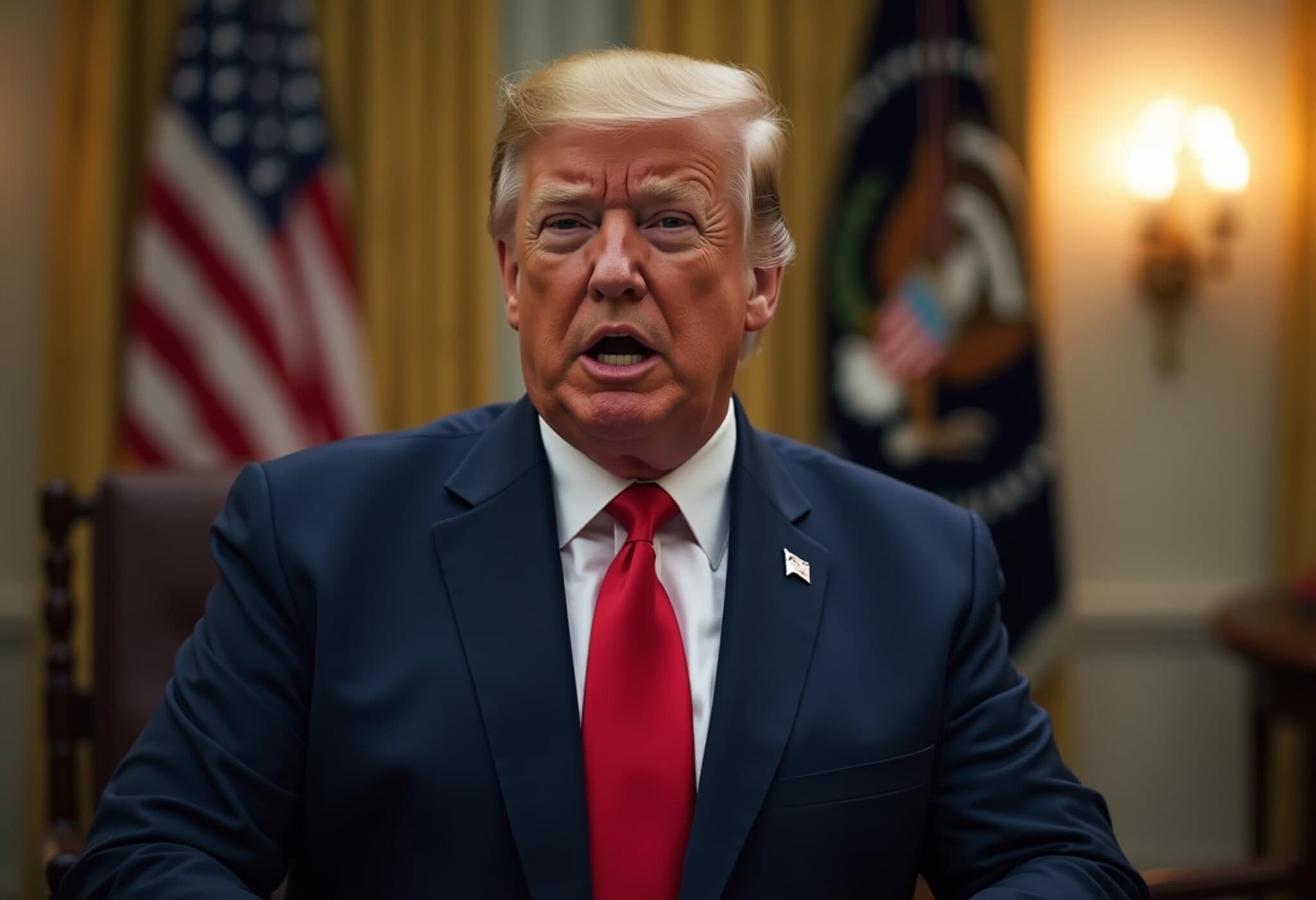Trump’s Bold Ultimatum Shakes Up Pharmaceutical Industry
In a decisive move that has stirred both anxiety and strategic recalibration within the pharmaceutical sector, U.S. President Donald Trump issued a stern ultimatum demanding binding commitments from major drug companies to lower prescription prices in the United States. The directive, delivered via letters to 17 leading pharmaceutical firms, sets a clear deadline of September 29 for these companies to adjust pricing levels to what the administration describes as the “most favored nation” (MFN) price. The ultimatum signals the White House’s readiness to employ all available measures to curb what it calls abusive drug pricing practices, heightening pressure on an industry long criticized for elevated costs in the American market.
Who’s in the Hot Seat?
Among those receiving the letters are pharmaceutical giants like AbbVie, Amgen, AstraZeneca, Bristol-Myers Squibb, Eli Lilly, Johnson & Johnson, Merck, Pfizer, and Novartis, among others. These companies now face the expectation to not only lower prices for Medicaid patients — the U.S. government program supporting low-income individuals — but also to refrain from offering better prices on medicines abroad than in the U.S. This approach challenges traditional pricing models, particularly because it seeks to eliminate pharmacy benefit managers (PBMs) by encouraging firms to sell directly to consumers.
Market Fallout and Industry Reactions
The announcement rattled healthcare stocks, with companies like Novo Nordisk, known for its weight management drug Wegovy, dropping nearly 5% early following the news before narrowing losses. This market response underscores investor concerns about the potential impact of new pricing controls amid an already volatile backdrop influenced by broader trade tensions and tariff adjustments.
While initial reactions from industry leaders vary, some acknowledge the legitimacy of the administration’s concerns. AstraZeneca CEO Pascal Soriot noted that pricing issues are indeed pressing and expressed support for the goal of price equalization across markets, highlighting AstraZeneca’s ongoing dialogues with the U.S. government and its commitment to investing $50 billion domestically. Similarly, Novartis CEO Vas Narasimhan discussed his company’s alignment with the MFN policy as a strategic move towards more affordable U.S. drug prices.
Complex U.S. Drug Pricing Landscape
The U.S. is notorious worldwide for its high prescription drug costs, a reputation rooted in a fragmented healthcare system, diverse payer models, and the absence of centralized price negotiation akin to other developed countries. The White House’s latest push to tie domestic drug prices to international benchmarks reflects longstanding bipartisan recognition of this challenge but raises critical questions about implementation and pharmaceutical innovation.
- Direct-to-patient sales: By bypassing PBMs, the administration aims to reduce intermediaries that potentially inflate costs.
- Most Favored Nation pricing: Efforts to align U.S. prices with those in other developed countries could reshape profit margins and accessibility.
- Tariffs threat: Trump’s prior warnings about industry-wide tariffs as high as 200% have unnerved pharmaceutical executives, complicating negotiations.
Expert Analysis and Outlook
Market analysts from JPMorgan caution that while the ultimatum appears forceful, ongoing backroom discussions may soften implementation timelines or terms. Seiji Wakao, leading the analyst team, suggests that outright drastic changes with severe consequences to pharmaceutical companies are unlikely in the near term, emphasizing instead a gradual approach potentially allowing firms time to adapt.
Yet, this development urges a broader public policy dialogue on how to balance fair pricing with continued innovation in a sector vital to public health. As drug companies grapple with regulatory pressure, investors and policymakers alike must consider implications for research and development incentives, patient access, and the global pharmaceutical supply chain.
What Lies Ahead?
As the September deadline approaches, pharmaceutical executives, policymakers, and healthcare advocates will be watching closely. The ultimate question remains: will binding price commitments crack the stalemate on drug affordability or provoke unintended consequences that ripple through the healthcare system?
Editor’s Note
This ultimatum represents a significant moment in U.S. healthcare policy, where presidential demands intersect with complex industry realities. While the promise of lower drug prices offers hope to many Americans burdened by medical costs, the pathway to achieving this goal is fraught with challenges that merit nuanced debate. Readers are encouraged to reflect on how drug pricing reforms might impact not only affordability but also innovation, international market dynamics, and patient outcomes.

